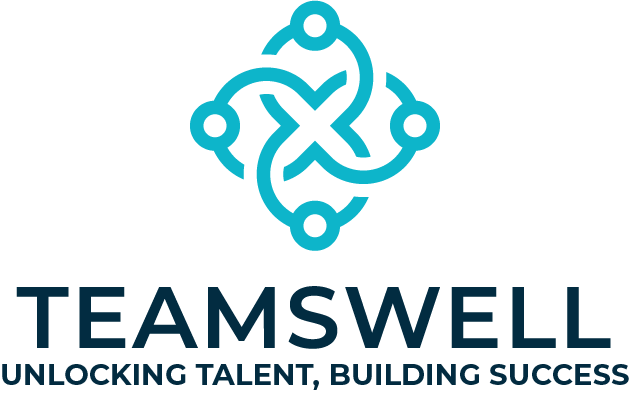Nearshoring is really just a variation on Outsourcing.
Outsourcing, as a refresher, is the practice of sending jobs and even entire business processes to other countries where labor rates are dramatically lower to reduce overhead. Sometimes this involves hiring people and teams directly but it can also mean using service providers to perform a part or all of a particular function, bookkeeping for example, in a foreign country.
Nearshoring is simply a flavor of outsourcing in which only one characteristic changes – the location where the employees and teams doing the work are located. To qualify as nearshoring the outsourced team members are much closer to the company’s main operating locations(s). This one characteristic changes everything!
These characteristics and examples for nearshoring are very much from an American perspective. If we were discussing nearshoring with a European, the characteristics would be comparable, but for this discussion we will be using characteristics and examples that apply specifically in an American context and specifically to Nearshoring to North and Central American countries where Teamswell primarily operates.
Moving the work closer to home has three main advantages:
1. Cultural Proximity and Linguistic fluency
Central Americans grow up with American movies, news, and TV. Our major cities, movie stars and music are almost as well known to a Salvadorian as to a Texan. Central Americans eat at the same fast-food restaurants and drive the same car brands as Americans. Many Central Americans start to learn English very early in school and many are fluent or even native speakers having used English all through high school and college with visits to relatives “up North” throughout their lives. Americans are also used to hearing hispanic accents. Accents from the more distant nations like India, China, or Russia can be jarring, hard to understand and for callers to a customer support line, unpleasant.
2. Regular in person work is much more feasible.
It’s no longer highly inefficient for managers and even team members to join their counterparts in person in the US. Flights from Houston to San Salvador require only three hours so, in some cases, nearshore employees are closer than teams located on the opposite coast. Visas when requested by an American employer are not difficult.
3. Employees no longer have to work the night shift.
Because the time zone for Mexico and Central America is between US Eastern and US Pacific, a nearshore team works natural business hours meaning there is no burn-out. Families can act like families and don’t have to sacrifice life in order to make a good wage. With Nearshore team members comfortably working the same hours as their US counterparts, companies can create permanent multi-country teams and team members can easily collaborate. Real-time workers in Asia or Eastern Europe put up with the huge time offset in order to make significantly more money but having one parent always asleep through the afternoon and evening puts incredible stress on families, parents and reduces the effectiveness of the employee eventually resulting in burnout.

Nearshoring is a game changer.
Big companies leveraged Outsourcing to move giant parts of their operations abroad but the ramp up times and pay back periods were long. Teams didn’t interact with “HQ” – they did their work independently. But Nearshoring enables a whole new kind of cooperation – teams built of team members from multiple countries who work together to do marketing, or sales or other key processes that smaller companies don’t want to “send” work offshore. Now almost any company can build a multinational team as quickly as a US-only team and benefit from the difference in pay scales between the two regions.
Some companies say, “keep the jobs at home” but those companies, just like many US manufacturers will eventually lose to the companies that have the vision and willingness to take advantage of the opportunity that nearshoring offers. There are other reasons to Nearshore that don’t contribute directly to the bottom line like supporting our co-continental citizens where there is not the same opportunity to earn, progress along a career path or often even to find a job with a living wage. In the end, we believe making Central America stronger one citizen at a time will resolve some of the macro challenges the US has with those same countries. We believe that smart, talented people are distributed evenly across the Earth, opportunities, however are not.
Teamswell is in the business of ensuring that US and Canadian companies succeed when they decide to nearshore. There are pitfalls when selecting, hiring, contracting, onboarding, managing, paying and there are differences that employers need to be aware of. As a PEO (Professional Employer Organization) we help you prepare your organization for nearshoring and take care of all the hard parts leaving you to integrate your new employee just like you would if they were in Toronto or Salt Lake instead of San Salvador.
Ready to learn more about nearshoring and how it can change the way you recruit in 2022 and beyond? Reach out to our team today!

